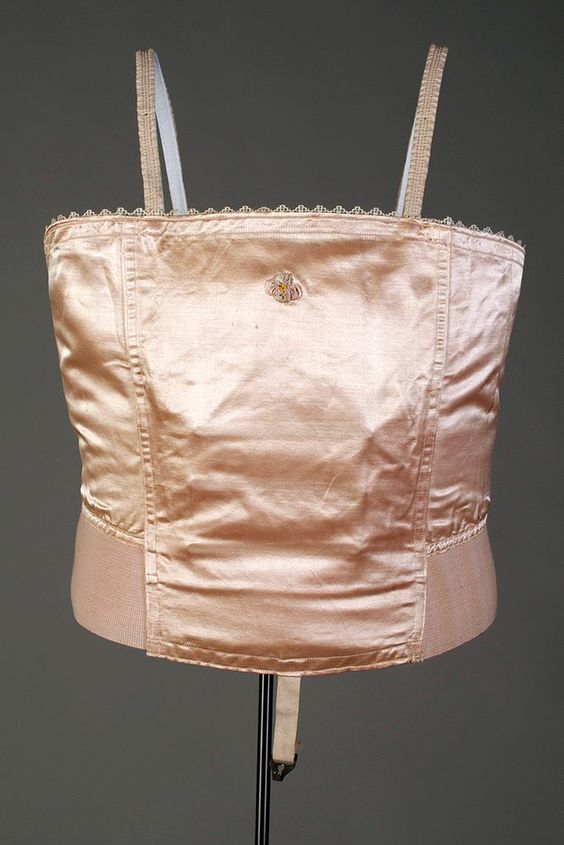The ideal WWI figure Part IV: staying fashionable and supporting a full bust, 1910s style
In Part IV of The Ideal WWI Figure, let’s look at how women with full busts achieved support and the fashionable silhouette of the period. Part I: The Ideal WWI Figure: a range of Ideals Part II: Breaking Down the Elements that Made the ‘Ideal’ figure Part III: The Changing Ideal Figure, 1913-1921 One of the most common questions I get asked about the Rilla Corset is how to wear it/what you do for bust support if you are very full busted, as it sits below the bust. To answer that question, let’s go back to the source, and look at period accounts, illustrations, and extant examples of bust supporting garments. There is no better way to find out how to support your bust then to see how it was actually done in period. As we’ve seen from looking at the figure ideals in the 1910s over the last three posts in the series, the ideal WWI bust, whether small or big, was low and drooping, rather than high and perky, as is the modern …

